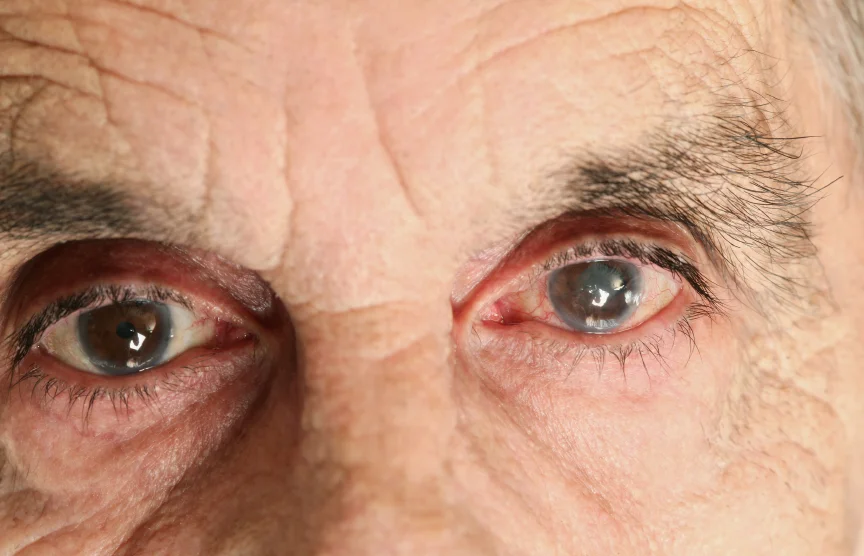Telemedicine direct from patient to doctor - a good thing?
/Once in awhile, patients of mine e-mail me an extreme close-up photo of their eye seeking my opinion. Is this a good way to practice medicine? I should clarify that it is not anonymous patients who find me on the internet and feel compelled to send me an eye photo in search of an internet-based consultation. It is always patients of mine, usually ones who I’ve performed glaucoma surgery on, who are doing this. Now is this good medicine?
Don't worry; just my eye!
Could it be that I’m too linked to technology and, if so, is this a good thing or a bad thing? My office is completely electronic medical record (EMR) based, my patients always see me on one or more computers, carrying around an iPhone when they come to see me, and watch animated videos explaining eye conditions and their treatments on a widescreen TV in the waiting room or tablet in the examining rooms. The technicians in our team are similarly wired, performing ancillary tests linked to their electronic records and all our correspondence to referring docs goes out within a few minutes of seeing the patient…any many of the patients know this. I’m quite wrapped up in technology and immediate connection including my website, this blog, twitter, buzz, facebook pages (mine, my office, glaucoma patient group,) LinkedIn and more. Hopefully my patients also understand that I need to see them if they are having a problem following surgery since it is impossible to make a diagnosis over the phone. It is probably a good thing that they are using technology available to them to give me a better idea of what is going on with their eye than they could achieve with a phone call. Sometimes though all this technology can interfere with doctor-patient interactions but hopefully we are using the technology to help.
Ahmed Glaucoma Valve with donor sclera
Once I receive the photo from a patient, there are a few possible outcomes that do indeed improve patient care. Most commonly, I am able to re-assure the patient. They often just notice something that has actually been present since the surgery. For example, when performing an Ahmed Glaucoma Valve implantation, there is a small patch of donor sclera that is placed underneath the conjunctiva (the outer layer of the eye) covered by the upper lid that helps protect the conjunctiva from the underlying tube. Some patients suddenly notice this during their post-operative period and are concerned that it is something abnormal. By seeing a photo of their eye, I am able to reassure them that this is normal and can also get an idea if there is anything of concern such as signs of the wound opening or the tube wearing through that I might not otherwise know about if I just talk to them on the phone.
Is direct patient to doctor telemedicine good for our patients? Are we able to provide them with a better quality of care than we could otherwise achieve? I think so but I’m sure that not everybody agrees for various reasons. I would appreciate feedback from both doctors and patients on this topic. Please post your comments below.

